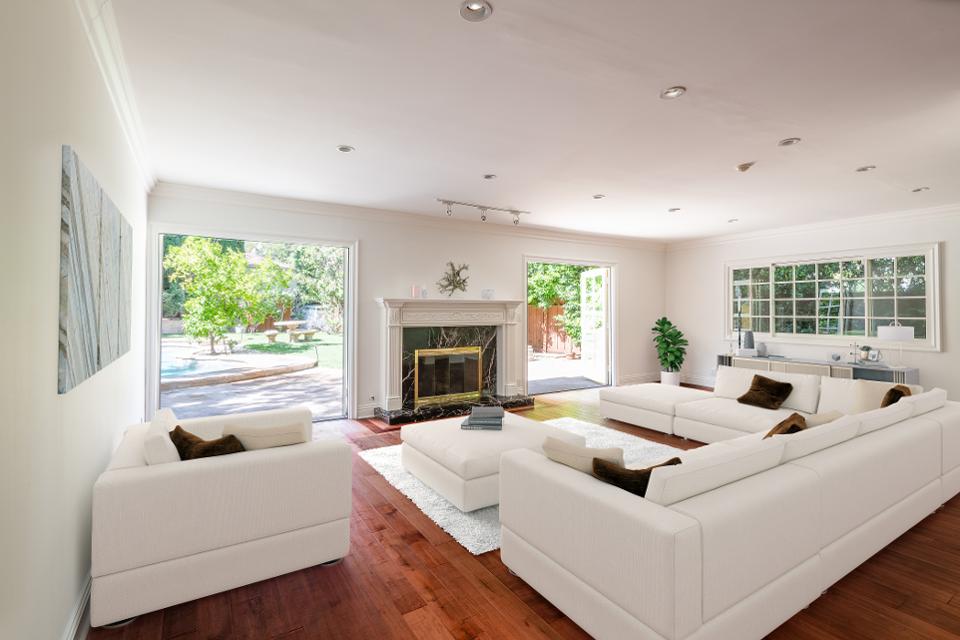Staging in real estate refers to the process of placing furniture and decor in an empty unit in order to incite a feeling of livability among renters. The traditionally way is to personalize the home search experience and better cater to their target audience.
Leveraged in real estate, there are two types of staging: traditional and virtual.
One of the greatest benefits of virtual staging is that it’s customizable. And since psychographics as well as personalization are trending big time in property marketing right now. Research is a good place to start.
It’ll be extremely beneficial to narrow down what your target audience looks like. And then tapping into potential lifestyles, beliefs, likes and dislikes, etc. Looking at the community, and even local competition can give a better idea of what type of residents your community will attract.
Virtual Staging in Multifamily

Apartment model staging has become common practice in property marketing. One of the main reasons for this is due to the difficulty renters often face to truly visualize a temporary living space.
Multifamily communities typically opt for one of two different ways to stage: the first is apartment model staging, or staging an actual unit that can be rented out. The other is implementing a model unit in a leasing office or secondary location. So that leasing schedules don’t mess with potential renters ability to tour in-person.
For either strategy, there poses a handful of difficulties when leveraging a staged unit. For the first tactic, as we mentioned above, there’s no controlling which units are vacant and available to tour. As for the second tactic, not every community has the resources to provide a separate model unit (and let’s not forget there are usually more than one model per community).
That’s why virtually staging units as they become vacant, and then reusing those images. It is the most efficient way to provide potential prospects with the visuals and information they need.
